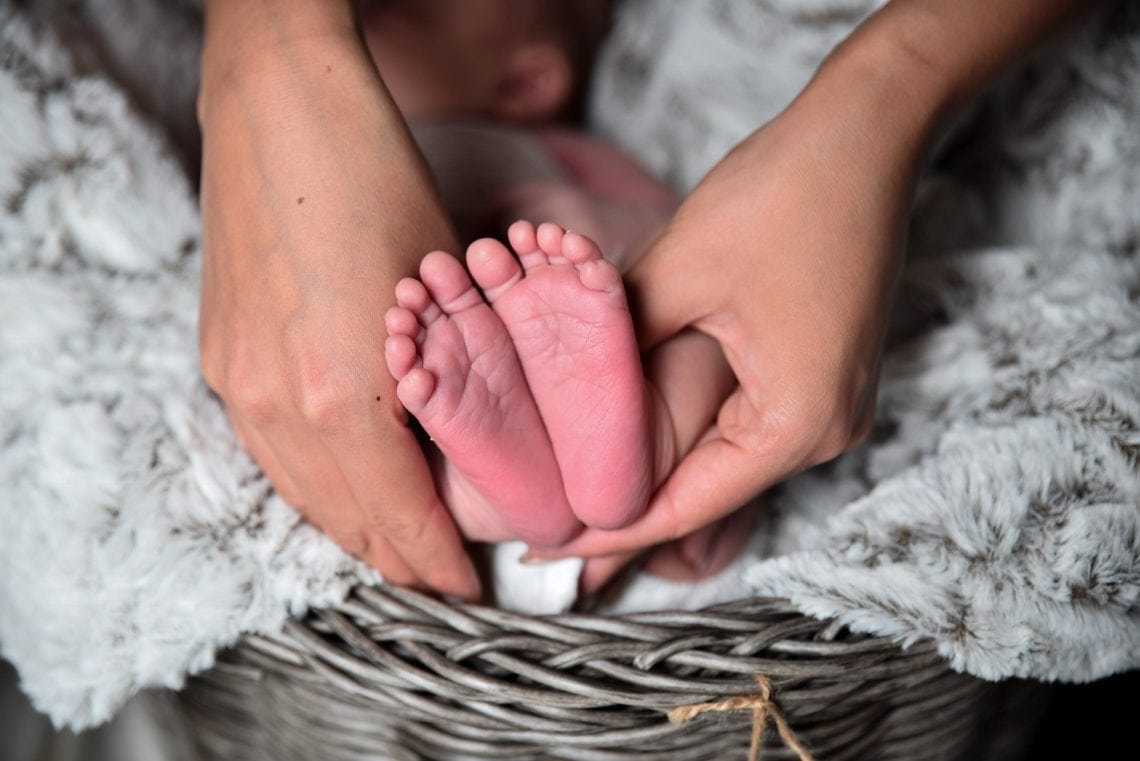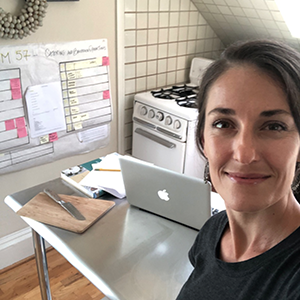Taking the Plunge: Birth Matters
By Laura Maxson, LM

Warm, weightless, relaxed, soothed…what better way to experience labor? Getting into warm water during labor is almost universally popular and readily available to most. All the local hospitals provide access to warm water in labor with showers. Laboring in a tub is an option at Sutter Maternity and Surgery Center, where they offer four labor rooms with tubs and one separate tub room; or at Dominican Hospital’s single available tub room. Watsonville Community hospital does not offer tubs at this time.
While actually giving birth in the tub is a popular request of expectant parents, waterbirth is only an option for those planning to give birth at home or in a freestanding birth center. Our local hospitals do not offer waterbirth as an option at this time. A recent Cochrane review, “Immersion in Water During Labour and Birth,” concluded in part, “Labouring in water may reduce the number of women having an epidural. Giving birth in water did not appear to affect mode of birth, or the number of women having a serious perineal tear. This review found no evidence that labouring in water increases the risk of an adverse outcome for women or their newborns…”
Whether giving birth in the tub or just laboring in water, here are some tips to remember.
Not Too Hot
Keep tub temperature right around 98 degrees. Higher temperatures can raise the woman’s core body temperature, which in turn can cause a rise in her baby’s heart rate (tachycardia). Tachycardia might also be a sign of a stressed baby and a reason to get out of the tub to cool off until heart rate to returns to normal.
Jets
If using a whirlpool tub, turning the jets on at the beginning of a contraction and off immediately as it ends, can be a very helpful distraction for some. others might like jets on between contractions and off during the contraction. People rarely want jets left on all the time. Play around with the timing to see what works, knowing that preferences may change over time.
Water Spray
Home showers and tubs will almost always benefit from the addition of a hand held sprayer before labor. Whether in a tub or shower, warm water can be sprayed on the back, belly or shoulders during contractions. Hold the spray still or gently move it over the body, listen for feedback and adjust. Similar results can be achieved by pouring warm water in a slow, steady stream. Each contraction may take several cups and pouring on to a washcloth left on the skin can help maximize warmth on exposed areas.
Shower
Sitting on a labor/exercise ball in the shower can allow for more rest than standing. Most balls can fit into a home shower or tub enclosure if it is squished a bit or put in over the top of an enclosure. Sitting on a washcloth on the ball can prevent slipping. Partners often choose to get in or near the shower to offer support or hold the shower sprayer. Support people should have extra clothes available and remember to remove shoes ahead of time.
Soft Lighting
Bathrooms are bright. At home a few candles or a dimmer switch can set the mood, but hospital bathrooms will need battery-operated candles to keep the lighting dim. A towel placed over the top edge of the bathroom door will allow it to be closed almost all the way, but still leave a crack of light.
Towels, Towels, and more Towels
Each entry or exit from tub or shower will use a towel (or two). At home toss damp towels into the drier so they are ready to use again (hospitals have lots of towels and plenty of hot water, too). It’s important to place a waterproof tarp underneath a portable tub, ensuring it extends about a foot all around. It is unlikely that the tub will leak, but each time someone leans over the side, or gets in or out, water will drip down the sides to make a puddle. A bathmat is nice to step onto when getting out of the tub and a dishpan of water to rinse the feet before getting in will help keep the tub clean.
Maximize the Ahhh Factor
Getting into a deep warm-water tub is very highly rated pain relief, but after about an hour and a half, the pain relieving qualities can begin to wear off. Saving the tub for the second half of dilation may maximize its pain relieving potential. Knowing the tub is waiting for use when transition hits can be a strong incentive for many to save the tub for late labor. But people get in the tub at all different times of labor and if it stops being helpful, they can get out for a half hour or so to feel that sense of relief again.
Laura Maxson, LM, CPM, the mother of three grown children, has been working with pregnant and breastfeeding women for over 30 years. Currently she is the executive director of Birth Network of Santa Cruz County and has a homebirth midwifery practice. Contact her at midwife@scshop.com or postmaster@birthnet.org
Laura Maxson has been the director of Birth Network since 1998. She became an advocate in the early ’80s after experiencing a lack of information and choice around birth and breastfeeding. Laura has worked as a breastfeeding counselor, childbirth educator, doula, and homebirth midwife.









